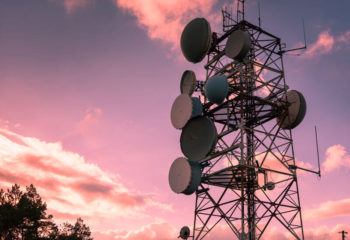Greenhouse Effect Science Games
5 gamesIn this series of games, your students will learn how greenhouse gases regulate temperatures on Earth, and how that process becomes imbalanced with human activity. The Greenhouse Effect learning objective—based on NGSS and state standards—delivers improved student engagement and academic performance in your classroom, as demonstrated by research.
Scroll down for a preview of this learning objective’s games and the concepts they drive home.
Concepts Covered
The greenhouse effect is a natural process that keeps Earth warm. As electromagnetic radiation from the Sun enters the atmosphere, it is absorbed by the ground and oceans, which then heat up and give off infrared radiation. The carbon dioxide (CO2), methane (CH4), and water vapor — or “greenhouse gases” — in the atmosphere absorb this radiation, keeping the atmosphere warm. Some of the heat is let off into space as infrared radiation, and some of it stays trapped in the atmosphere.
All of these greenhouse gases occur naturally in the atmosphere. CO2 comes from processes like respiration, decomposition, and volcanism. CH4 is produced by decomposition and animal digestion. Water vapor comes from the evaporation of oceans and other bodies of water.
As long as the amount of energy coming in from the Sun and the amount of greenhouses gases in the atmosphere do not change, the atmosphere releases into space just as much radiation as it absorbs. But if either changes, the system becomes imbalanced. For example, if the amount of greenhouse gas in the atmosphere is increased, more radiation is absorbed, and the temperature will rise.
In nature, the CO2 released into the atmosphere through respiration and decomposition is equal to the amount of CO2 that plants absorb through photosynthesis, so CO2 levels stay balanced. But some activities can upset the balance by releasing more CO2, like burning fossil fuels. These emissions make the greenhouse effect stronger, raising global temperatures.
Even though farms and factories only release greenhouse gases locally, they affect the entire planet. The Earth’s wind systems mix the air and carry these gases all throughout the atmosphere, which makes climate change a global issue.
As the greenhouse effect amplifies, it creates vicious cycles of heating. As temperatures increase, more surface water evaporates into the atmosphere as water vapor. When ocean water gets warmer, it is unable to dissolve as much CO2, releasing more into the air. Finally, as more ice melts, the Earth becomes less reflective, so the land and water absorb more sunlight and release more infrared light. All of these factors magnify the heating of the Earth and cause global temperatures to rise even more rapidly.
A preview of each game in the learning objective is found below.
You can access all of the games on Legends of Learning for free, forever, with a teacher account. A free teacher account also allows you to create playlists of games and assignments for students and track class progress. Sign up for free today!






